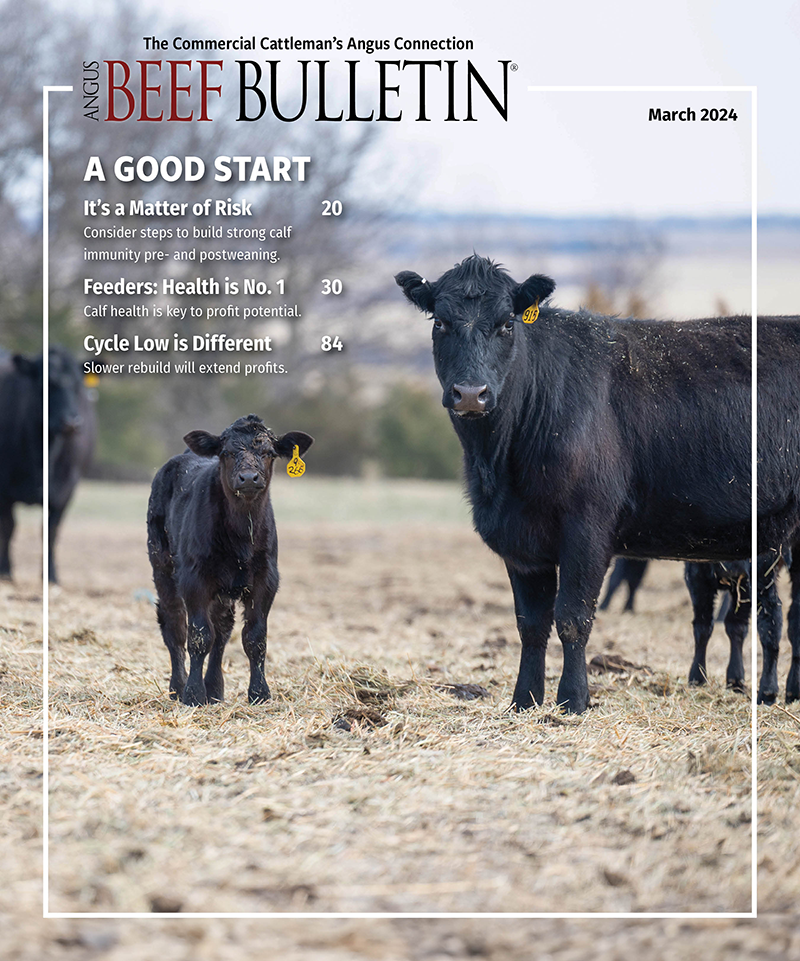Fescue Toxicosis Can Be Minimized With Management
Keeping grass in a vegetative state will reduce toxin levels.
Tall fescue is one of the most widely used forages in the Midwest and many other areas of the country because it is easy to establish, and a stand lasts a long time. This hardiness and longevity is partly due to its being insect- and nematode-resistant. It tolerates poor soil and harsh climatic conditions, and it has a long growing season.
Moldy Feed, Mycotoxins and the Risk to Beef Cattle
Beef animals can be at risk for mycotoxin-related health issues.
Why haven’t we given more thought to mycotoxin risk in beef cattle? Other animal industries have long recognized the risk, but it’s often overlooked in the beef industry. That narrative seems to have changed somewhat during the past few years. Better testing methods have revealed more mycotoxins, and producers better understand the negative effects mycotoxins can have on beef animals.
Needle Know-how
Veterinarian reviews best practices for needle selection, use and care in cattle health.
Disposable hypodermic needles are a necessary tool in maintaining cattle health. They provide a convenient and economical route to deliver products to animals in a safe and effective manner. Understanding when and how to use them are key components in a herd health protocol.
April 3, 2024 | Vol. 16 : No. 4-B
Summer Pneumonia in Calves
Study looks for factors that might put calves at risk for viral and bacterial infections causing pneumonia.
Pneumonia can affect calves of any age. Most of the bacterial pathogens that cause pneumonia are always present in the calf’s upper respiratory tract. They become a problem in the lungs when immune defenses are compromised, such as by viral infections or stress.
Federal and State Veterinary, Public Health Agencies Share Updates on HPAI Detection in Dairy Herds
Wild migratory birds believed to be source of infection; viral testing and epidemiologic efforts continue.
USDA’s Animal and Plant Health Inspection Service (APHIS) has confirmed detection of highly pathogenic avian influenza in dairy herds in Texas, Kansas and Michigan. APHIS is also investigating possible connections to other herds with cows exhibiting similar symptoms of illness in herds in New Mexico, Texas and Idaho.
Beware of mud season
Taking precautions now should help reduce performance loss and improve cattle health.
Snow melt, rain and cattle create a recipe for muddy feedlots. While leading to uncomfortable conditions for ranchers, mud is stressful to livestock. Just a few inches of mud requires extra effort for cattle to walk and may lead to a loss of production or weight gain, according to North Dakota State University Extension specialists.




